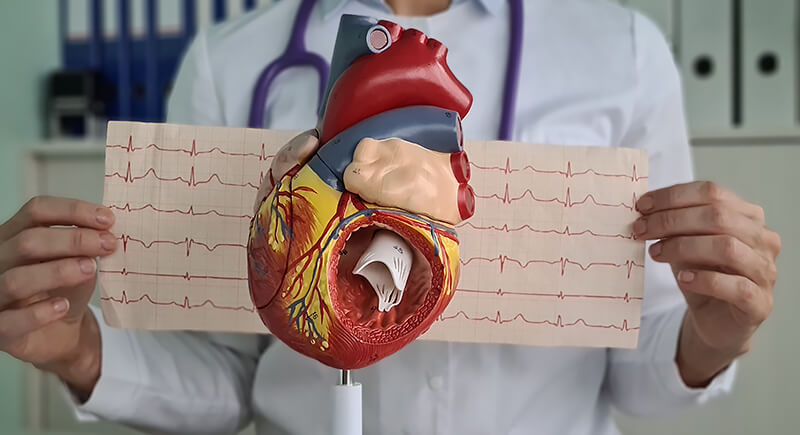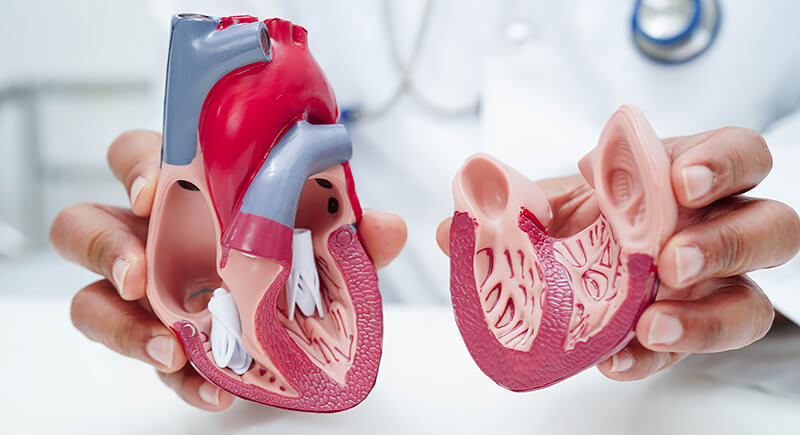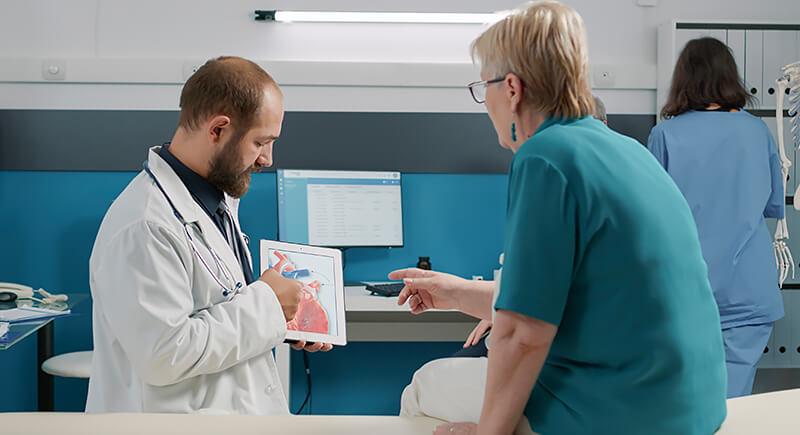Is Dying from a Broken Heart Real? A Cardiologist Answers
Most people think of heartbreak as an emotional blow. It’s sad, sure, but not something that could land you in the ER, and doctors have a name for it: Takotsubo cardiomyopathy, better known as broken heart syndrome. It’s a real medical condition where intense emotional or physical stress disrupts the heart’s ability to pump properly. It can look and feel exactly like a heart attack. Though temporary in most cases, it’s far from harmless.
It Mimics a Heart Attack Almost Perfectly

Credit: iStockphoto
Chest pain, shortness of breath, and fainting often lead doctors to suspect a heart attack first. Since both conditions share symptoms and show similar early results on electrocardiograms and blood tests, broken heart syndrome is frequently misdiagnosed without further imaging.
The Heart Physically Changes Shape

Credit: iStockphoto
The heart doesn’t just ache, it changes shape. During an episode, the left ventricle swells into something that looks like a takotsubo, a Japanese pot used to trap octopus. This unusual ballooning gives the condition both its nickname and its medical term.
Left Ventricular Dysfunction Disrupts Blood Flow

Credit: iStockphoto
Only part of the heart joins the panic. The base continues beating while the lower tip, or apex, suddenly slumps. This imbalance creates a strange and inefficient pumping pattern, sending less blood through the body and setting the stage for serious complications.
Acute Stress is the Primary Trigger

Credit: iStockphoto
Sudden emotional events, such as the death of a loved one, a breakup, or even unexpected news, can precipitate the syndrome. The stress hits hard, and the heart responds like it’s under physical attack, despite nothing being wrong with the arteries.
Physical Strain Can Also Induce It

Credit: iStockphoto
Illnesses like stroke, asthma attacks, or high fever have also been linked to broken heart syndrome. About 30% of patients don’t report any clear emotional cause, suggesting physical or internal stressors can independently initiate an episode.
Adrenaline Surges Overwhelm the Heart

Credit: iStockphoto
When stress kicks in, adrenaline surges like a tidal wave. That jolt can narrow arteries or throw off the electrical system, leaving the heart confused and inefficient. It’s a temporary mess, but until hormone levels drop, the heart stays stuck in crisis mode.
Women Face Higher Risk, Especially After 50

Credit: Canva
Data shows that women, particularly those between 50 and 74, account for most of the cases. One theory points to declining estrogen after menopause, which may reduce the heart’s built-in stress defense. It’s not a guarantee, but it does shift the odds noticeably.
Diagnosis Requires Coronary Angiography

Credit: iStockphoto
To diagnose this syndrome, doctors often run a coronary angiogram, expecting blockage. If they find nothing clogging the arteries, that’s actually a clue. Combined with other imaging results, it points away from a heart attack and toward a stress-induced malfunction.
Echocardiogram Shows Signature Motion Pattern

Credit: iStockphoto
Doctors also use echocardiograms to observe how the heart moves. A hallmark of this condition is the abnormal motion pattern: the apex barely moves while the base contracts normally. This pattern helps distinguish it from other heart diseases.
Most Patients Recover in Weeks

Credit: iStockphoto
The heart often returns to normal function within one to four weeks. Because the damage is functional rather than structural, it’s reversible with time, rest, and basic medical care. Most patients regain full cardiac health without long-term damage.
Medication Helps Support the Heart

Credit: iStockphoto
Doctors may prescribe beta blockers or ACE inhibitors. This is not to fix damage, but to reduce workload. These medicines give the heart breathing room to recover, and in some cases, they also help lower the chances of a repeat performance down the road.
Therapy Can Support Emotional Recovery

Credit: iStockphoto
Mental recovery matters just as much. Therapy, counseling, or mindfulness techniques can prevent the same emotional spiral from repeating. Since emotional trauma is often the spark, addressing it helps reinforce the heart’s defenses for next time.
It’s Rare to Experience It More Than Once

Credit: iStockphoto
There’s some good news here: only a small number of people go through this more than once. Less than 5% experience recurrence. Still, those who’ve had an episode usually stay on the radar for check-ins and stress management strategies.
Physical Symptoms Can Delay Correct Diagnosis

Credit: iStockphoto
If someone collapses after surgery or a bad fall, doctors might not immediately consider broken heart syndrome. Without an obvious emotional trigger, it’s easier to miss unless cardiac imaging is done early. That’s why it can slip past the radar initially.
Chest Pain After Stress Should Never Be Ignored

Credit: iStockphoto
If chest discomfort, shortness of breath, or lightheadedness follow a stressful event, don’t assume it’s harmless. Immediate medical attention is critical. Even if it’s not a heart attack, broken heart syndrome can be serious without prompt care.